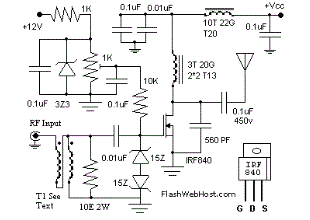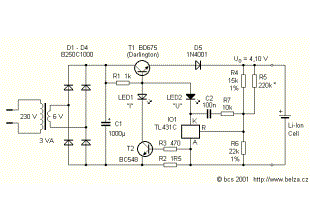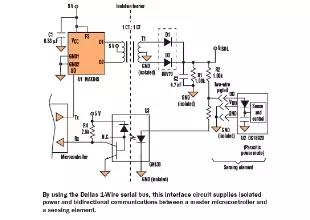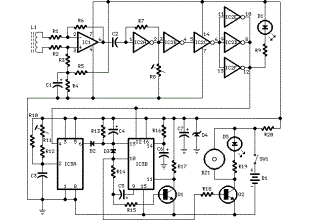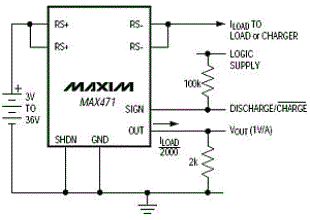Parallel Resistors Calculator
To find the total resistance of all components, add the reciprocals of the resistances of each component and take the reciprocal of the sum. Resistors are said to be connected together in “Parallel” when both of their terminals are respectively connected to each terminal of the other resistor or resistors. Unlike the previous series resistor circuit, in a parallel resistor network the circuit current can take more than one path as their are multiple nodes. Then parallel circuits are current dividers. Total resistance will always be less than the value of the smallest resistance:
If the two resistances or impedances in parallel are equal and of the same value, then the total or equivalent resistance, RT is equal to half the value of one resistor. That is equal to R/2 and for three equal resistors in parallel, R/3, etc. This is a diagram of several resistors, side by side, both leads of each connected to the same wires.

For only two resistors, the unreciprocated expression is reasonably simple:

On line Calculator |
For N equal resistors in parallel, the reciprocal sum expression simplifies to:


